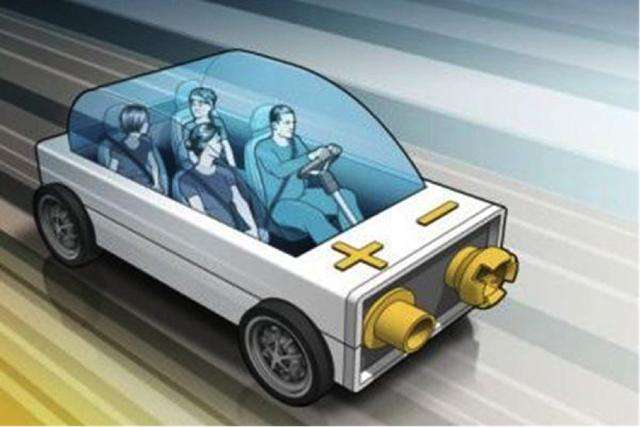In addition to Weibo, there is also WeChat
Please pay attention

WeChat public account
AutoBeta


2024-11-17 Update From: AutoBeta autobeta NAV: AutoBeta > News >
Share
AutoBeta(AutoBeta.net)05/03 Report--

When we buy fuel cars and new energy models, we are often influenced by some of the claimed content and good blueprints, for example, manufacturers are likely to claim that their models will reduce carbon emissions less than pure fuel models. Or they will advertise the prowess and intelligence of their self-driving technology, while some manufacturers will talk about the fact that the manufacture of vehicle materials has reduced the burden of environmental protection in so-and-so so that polar bears will not be homeless.
But in fact, I have heard in many blogs or articles about environmental protection and public welfare about the harm of mining lithium to the environment, and how the secondary pollution caused by mining lithium can cause many problems to some backward countries, such as soil and water pollution, people's health is threatened, and the manufacture of batteries and power generation for battery use will release more carbon dioxide.
When I choose to drive a shared car, I always consider whether there is an essential problem with the electric car. Of course, I am not one of the skeptics. I also believe that the passage of time and the development of technology will make the battery technology more advanced and environmentally friendly. Of course, skeptics are bitter about the secondary pollution caused by the use of power batteries.
First of all, let's sort out the two substances used in power batteries, lithium and cobalt. Lithium is generally produced in some remote deserts of South America and is partly supplied by Australia. Another cobalt supply is provided by the Congolese region of Africa, where the human rights and health of many miners have not been guaranteed. For both metals, it is important for producers to legalize the source. Therefore, Tesla has always ensured that the source of his cobalt material is humane and legalized. Panasonic and LG Chemistry are looking for materials to replace cobalt. The illegal use of child labor has been exposed in South America.
Many pure-electric car sceptics argue about carbon emissions from a research report by scientists in Stockholm, Sweden, which does show that larger electric car batteries need to increase carbon emissions proportionally. The battery in the shared model we drive has a capacity of 53 kilowatt hours more than the demand for electricity will produce a non-negligible carbon dioxide emission. In fact, in larger, heavier vehicles, 100 kWh batteries take longer to overcome their production emissions. However, don't get this wrong, saying that Teslaus is not environmentally friendly compared to its equivalent, non-EV. Just as more efficient, smaller fuel-powered cars are better, so are small, efficient electric cars.
In our global economy, it is difficult to avoid some of the problems of any consumer goods. Consider Foxconn, which assembles phones for Apple, and disputes over its working conditions. If you own a smartphone, there may be some problems in its supply chain-after all, most rechargeable consumer electronics use lithium-ion batteries. Not to mention large emissions from transporting goods in the global economy, or emissions from global agriculture. Electric cars use more of these problematic metals and emit far more greenhouse gases than they need to make mobile phones, but these problems are not unique to electric vehicles.
There has already been some research on new technologies to reduce emissions, and the cost of investment is greater than the cost of electrifying the entire auto industry overnight. according to unofficial figures, full electrification would cost $1 trillion. I don't know if you have a consciousness, that is, the biggest problem in our highly materialized society is not the investment in environmental technology to reduce emissions, but the desire of individuals. For every jin of meat we eat or every new piece of clothing we buy, the carbon emissions and greenhouse gas pollution produced have been increasing since the beginning of raw materials. Data show that agricultural meat is an important source of greenhouse gases: 33.06 kg of carbon dioxide per kilogram of mutton and 32.49 kg of carbon dioxide per kilogram of beef. By contrast, vegetables produce only 0.06 kilograms of carbon dioxide per kilogram of product.
For some people, electric cars can be a small part of a wide range of actions taken by individuals to accumulate and reduce our emission footprints. This is certainly a small part of a bigger problem, but if it helps motivate you and others to take further action, it is well worth it.
Welcome to subscribe to the WeChat public account "Automotive Industry Focus" to get the first-hand insider information on the automotive industry and talk about things in the automotive circle. Welcome to break the news! WeChat ID autoWechat
Views: 0
*The comments in the above article only represent the author's personal views and do not represent the views and positions of this website. If you have more insights, please feel free to contribute and share.











© 2024 AutoBeta.Net Tiger Media Company. All rights reserved.